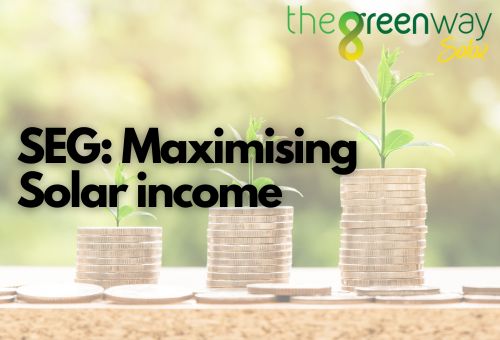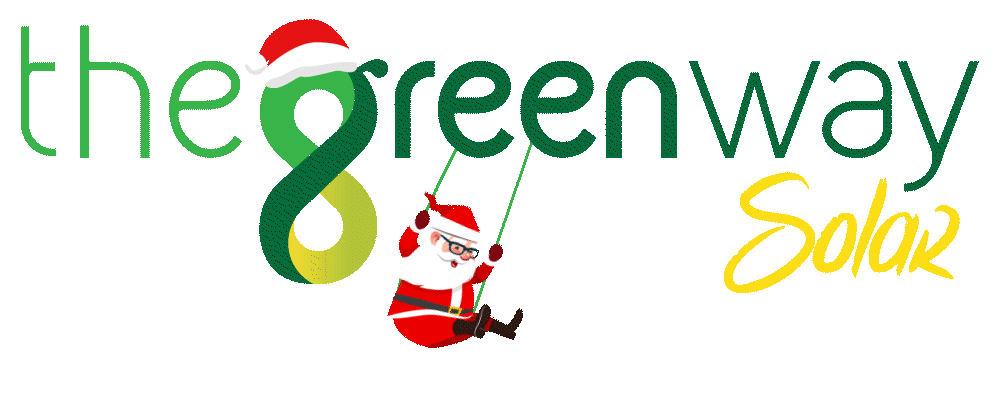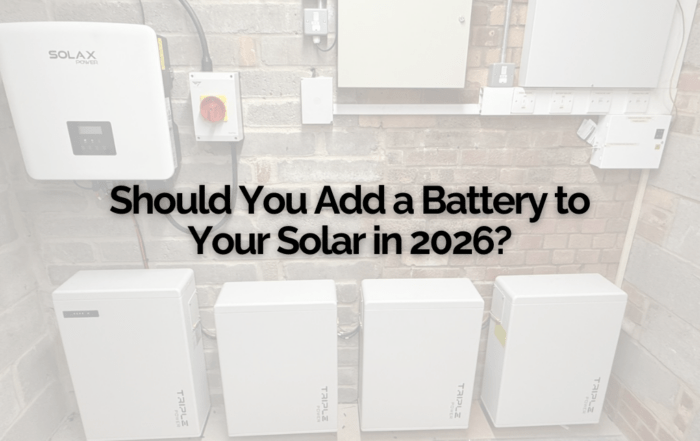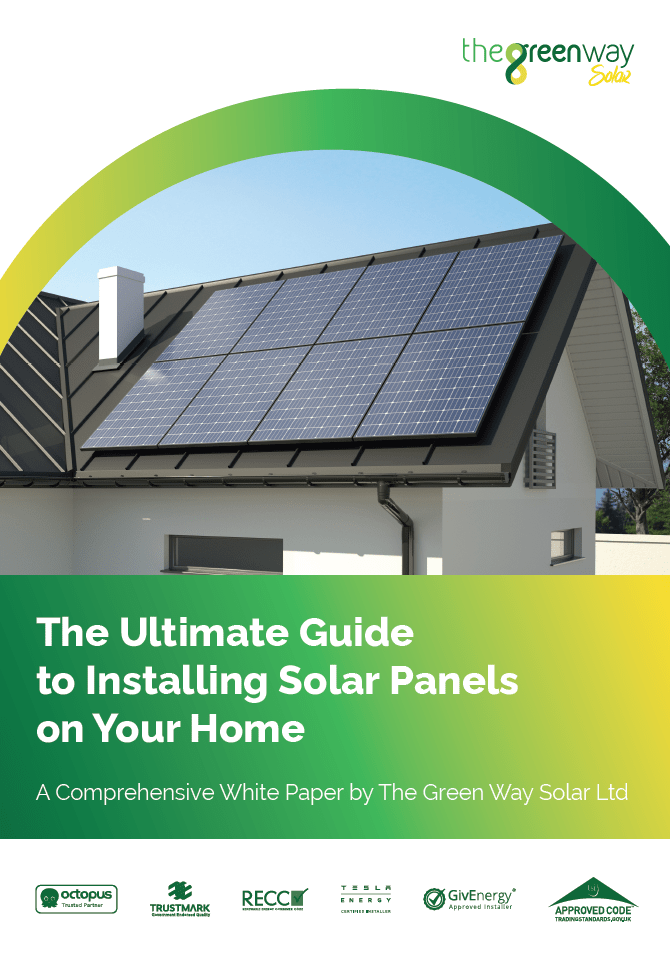
After the Feed In Tariff (FIT) ended in 2019, a new government-backed initiative was introduced on January 1 2020. The SEG incentivises UK homeowners to adopt renewable energy by providing export tariffs for various small-scale low-carbon energy generation technologies. Under this scheme, designated electricity suppliers, referred to as SEG Licensees, are obligated to compensate small-scale generators, known as SEG Generators, for the low-carbon electricity they export to the National Grid, subject to specific criteria.
In essence, individuals exporting renewable energy to the National Grid will be paid by their energy supplier.
As Solar energy is one of the emerging ways to generate low carbon energy in the United Kingdom, having schemes like FIT or SEG will encourage the uptake of further domestic green energy use, to make it the most prominent energy source for the future.
There are no requirements about what kind of photovoltaic systems you need to qualify if they create less than 5MW of electricity.
For systems below 50kW, certification of the installer is necessary – most domestic solar panel systems fall within this range (commonly 4kW-6kW). Alternatively, you can qualify with possession of a Microgeneration Certification Scheme (MCS) certificate, and if this is not available, both the installation and installer must have accreditation under EN 45011 or EN ISO/IEC 17065:2012.
Solar Battery’s and SEG
During daylight hours, solar batteries accumulate energy, allowing them to discharge power to the property when solar PV generation pauses due to insufficient daylight. While the SEG exclusively applies to exported energy, the use of solar storage is covered in some instances. Check with your licensee first to see.
To apply for the SEG, follow these steps:
- Identify an SEG licensee in your locality, which may differ from your energy supplier. Compare rates among different options before proceeding with your application to ensure eligibility.
- Gather necessary information and documents, including:
- Smart meter or half-hourly export meter reading.
- MCS certification (or equivalent).
- Proof of ownership, as most licensees mandate that SEG tariff recipients must own the system.
- Obtain the application form from the SEG licensee’s website.
- For anaerobic digestion, a separate form, available on Ofgem’s website, may be required.













